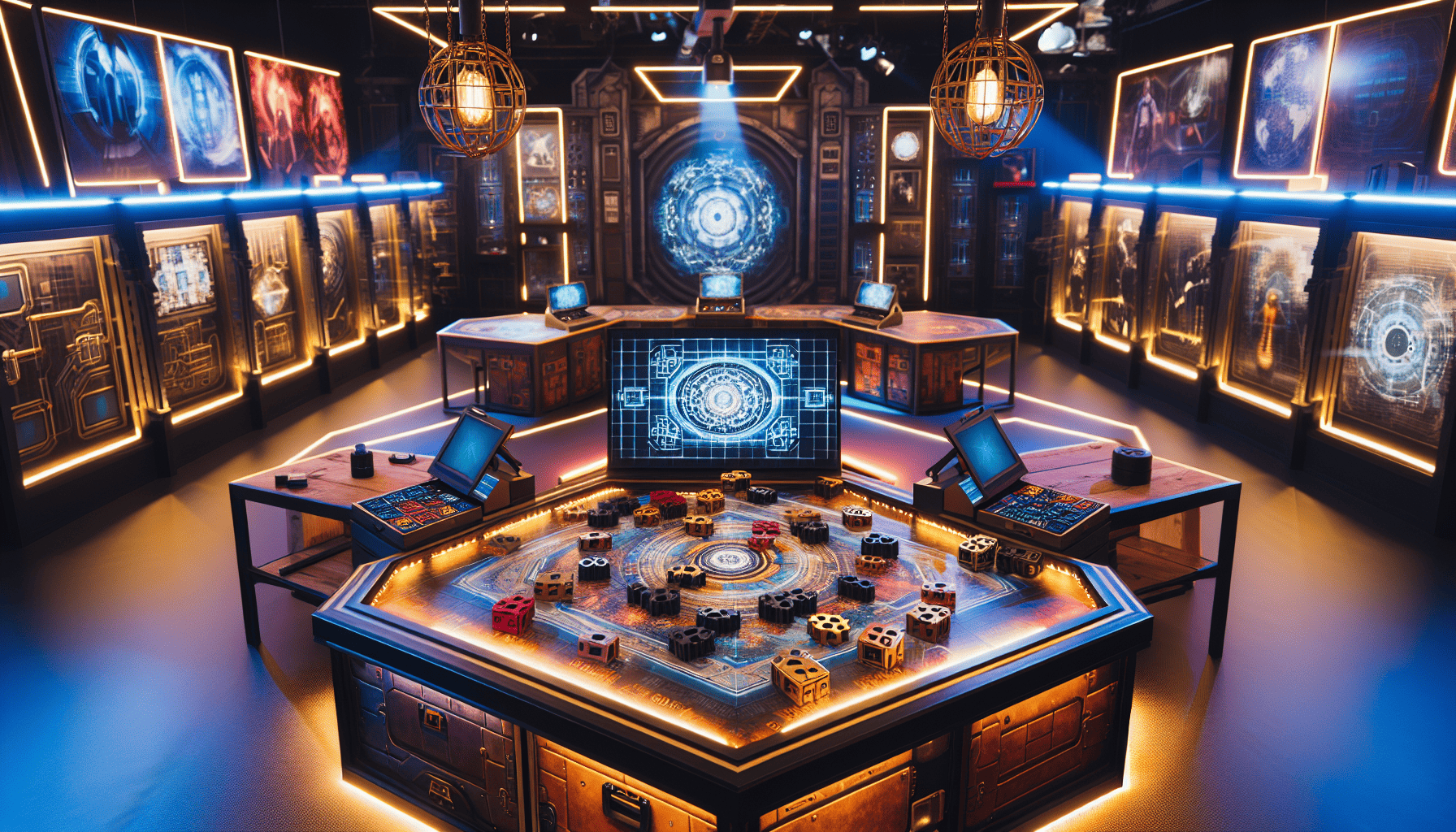Escape rooms have captured the imagination of thrill-seekers and puzzle enthusiasts around the world. Traditionally, these experiences challenged participants' wits and teamwork within a thematic setting. However, as technology evolves, so too does the escape room industry. Cutting-edge innovations are now transforming these adventures into immersive spectacles that push the boundaries of creativity and engagement.
Immersive Environments Through Virtual Reality
One of the most significant advancements in escape room design is the integration of virtual reality (VR). By donning VR headsets, players are transported into increasingly complex and vivid worlds. This technology allows for dynamic environments that can change in real-time, offering diverse scenarios within a single game. From exploring ancient ruins to venturing into outer space, the possibilities with VR are limitless.
In a VR-enhanced escape room, physics-defying puzzles can be incorporated without the physical constraints of a standard room. The technology allows designers to create mind-bending scenarios that challenge players' perceptions and problem-solving skills in ways previously unimaginable.
Augmented Reality for Layered Experiences
Augmented reality (AR) is another tool reshaping the escape room landscape. Unlike VR, which creates entirely new worlds, AR overlays digital elements onto the physical environment. Players might find themselves interacting with holographic puzzles or uncovering hidden clues through an AR device. This layer of interactivity enhances the gameplay, integrating technology into the story while preserving the tactile satisfaction of manipulating physical objects.
AR also facilitates multi-layered storytelling, where the narrative can unfold through both the physical space and the digital augmentations. It provides designers with a powerful medium to engage players, blending the tangible with the intangible.
Interactive Technology and Smart Sensors
Advancements in sensor technology have introduced new levels of interactivity to escape rooms. Smart sensors can detect motion, sound, and even the emotional state of players, influencing the game accordingly. These sensors create a dynamic environment that responds to players' actions, making each escape room unique to the participants' choices and movements.
For instance, a puzzle might only reveal itself if a certain number of players participate or if they solve a series of challenges in a specific order. This reactive design necessitates greater collaboration and adds an element of unpredictability, as the room evolves in response to the group's strategies.
Story-driven Experiences
Technology enables deeper storytelling in escape rooms by incorporating multimedia elements such as video, audio, and lights. These components can provide context, reveal backstories, or even change the course of the narrative based on players' decisions. This approach creates an episodic journey where players are not just solving puzzles but uncovering a story, making the experience more cohesive and fulfilling.
Personalized Adventures
With advancements in artificial intelligence, some escape rooms are beginning to offer personalized experiences. AI-driven systems can adapt puzzles to better suit a team's skill level or preferences, ensuring both newcomers and seasoned players find the experience challenging yet accessible. This personalization enhances the adventure by keeping it engaging and relevant to each specific group.
Sustainability in Design
Innovative design is not solely focused on technology but also on sustainability. Many modern escape room creators are opting for eco-friendly materials and energy-efficient technology in their designs. The focus on sustainability reflects a broader trend within the entertainment industry, aiming for a reduced environmental impact without sacrificing the quality of the experience.
Conclusion
The escape room industry is on the cusp of a technological renaissance. As designers embrace VR, AR, smart sensors, AI, and sustainable practices, they are crafting experiences that transcend traditional boundaries. These innovations not only amplify the thrill and interactivity of escape rooms but also open new avenues for storytelling and personalized adventures. For participants, this means more engaging, challenging, and memorable experiences that will continue to evolve with each technological advancement. As these technologies develop, we can only imagine the future of escape rooms will be as enthralling as the adventures they promise.
